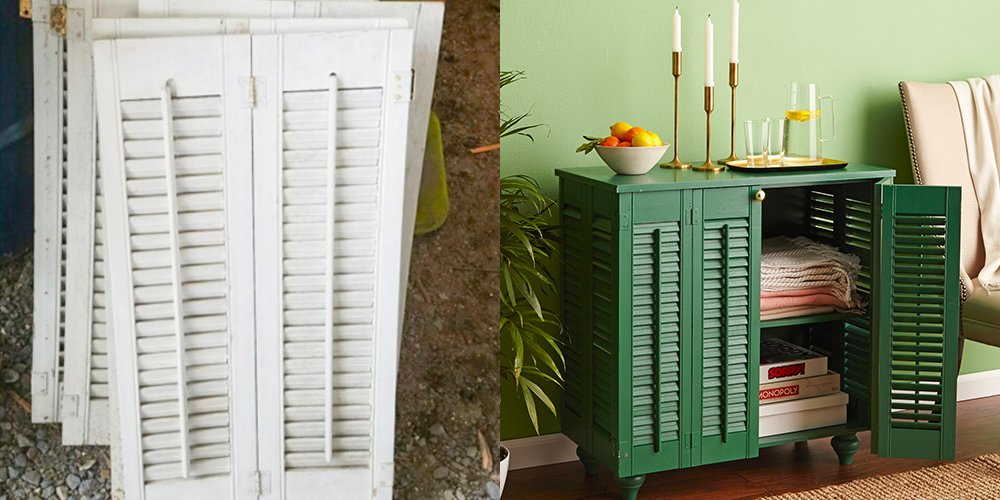For those of you who think recycling is something that just came about within the last few decades, think again!
First It Was Paper
Over a thousand years ago is where we find some of the first records of recycling. It began in Japan with paper recycling. Used in art works, paintings and poetry, recycled paper was considered even more precious than virgin paper.
America’s Recycling Start
Seven hundred years later, it wasn’t until the late 1600’s that recycling began in earnest in America. The Rittenhouse Mill in Philadelphia was the first to begin and took in linen and cotton rags for recycling. These items were then turned into paper and used for printings of mostly newspapers and bibles.
The War
When World War II hit, it became a source of national pride to join in the recycling efforts. Tin, rubber, steel, and paper were collected and recycled in order to save money for the war efforts. This was a beginning of turning the tide toward recycling awareness and usefulness.
Goes Mainstream
The 1960’s gave us curbside pick-up of yard waste, metals, and paper around the county. Separate waste streams collected at the curb become commonplace.
1970s
During the 70’s we saw a change in the movement, placing emphasis on government backed initiatives that helped to generate public awareness of conservation efforts and green development. The first Earth Day was celebrated on April 22, 1970.
1980s
Awareness and stricter rules take shape, for example New Jersey enacts the nation’s first universal mandatory recycling law, which requires all residents to separate recyclables from their trash. By the 80’s America had 10% recycling participation.
1990s
National recycling continues to grow, where by the mid-90’s 20% of the U.S. is participating.
2000-Current
Always being one of the environmental leaders, California began curbside organic waste collection in 2000.
In a huge move by the fast food chains, McDonalds finally replaced Styrofoam cups with paper ones around 2012.
Also in 2012, San Francisco achieved an 80% diversion rate for its waste. You can see how far the recycling process has come and it is only becoming more accessible and widespread as time goes on.
History of Upcycling
Upcycling is a form of recycling where instead of turning waste into new materials, you can take a product that you would otherwise throw away and give it a new use in life. This is where creativity and ingenuity come into practical practice, updating and renewing old items.
1800’s
Peddlers who traveled across the country selling goods were also widely known for buying materials as well. Families used meat-bones for crop fertilizer, and rags to make paper as a few examples. Some of the upper class women would have their dresses simply modified to fit the current style trends, changing out sleeves and collars to stay relevant.
Depression Era
Of course during the great depression everything was in scarce supply and nothing went to waste. Flour sacks were turned into clothes, tires used for shoe bottoms and boots, every part of an animal was used- fur, feathers, meat, bones. Old dresses were fashioned into aprons. Rags were made into rugs. Leftover food was turned into tomorrow’s lunch or composted for fertilizer.
21st Century
Upcycling changed in the mid 2000’s after the big economic crash; America had turned into a consumer culture. One-time use and instant gratification were the norm. Once money becomes tight, people begin to look at their possessions in a different way. As a society, at the same time we also gained a more eco-conscious awareness, understanding the importance of the environment.
Online forums like Pinterest and the homemade craft site Etsy both saw dramatic increases in popularity as Americans began to appreciate the ingenious reuse of materials into the practical or into works of individual art.
Instead of throwing out clothing, jewelry, or furniture, people are learning how to reinvent these items into something new.
Upcycling Can Help Many
Changing your perspective from one of, once something is broken or worn out it is no longer valuable, to one of looking at the same item with new eyes, opens up a world of possibilities. The college student short on cash can upcycle their out of fashion jeans by adding a few seams and rips instead of buying a new pair. Home owners can renovate with salvaged or second hand materials. A family on a budget can upcycle old clothes into clothes for the kids.
This innovative spirit and environmental consciousness has led to upcycling in nearly all areas of life. From green companies to your own home, people are looking to save money and to save the planet. Upcycling does both.
One company that is part of the environmental movement is Remoov. They provide one-stop hauling service, selling, recycling, or donating any items you no longer want. Their partner store, The Local Flea, is the bricks and mortar as well as an online store where all gently used items are bought and sold.
Think Before You Throw!
#recycling #recycle #upcycling #zerowaste #sustainability #reuse #environment #ecofriendly #handmade #waste #wastemanagement #sustainable #art #plastic #diy #scrapmetal #vintage #recycled #demolition #nature #savetheplanet #upcycle

